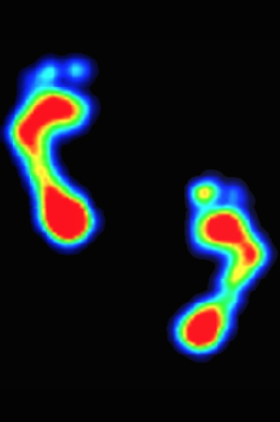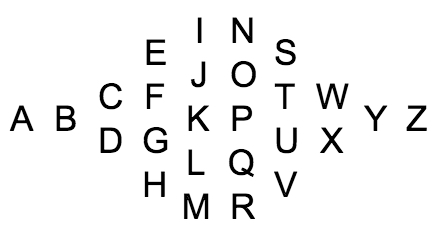Today I wanted to understand what something that I was trying to program would look like. So I sort of implemented it.
What I mean by “sort of” is that I implemented one special case, which could be used to show exactly one demo. That demo worked just fine, but you couldn’t do anything else with it except show that one demo.
So it wasn’t completely real. But it wasn’t completely fake either. I did lot of things exactly the same way that I would do them in a full blown version. Just not everything.
I guess this style of working is a way of saving time, by dipping a toe in the water instead of jumping in with both feet. You learn just enough from this sort of exercise to know whether you’re going in the right direction — so you know whether you should keep going that way, or back up and try a different path.
It wouldn’t do much good to make something like this completely fake, because you wouldn’t learn enough. Instead, you need to figure out which part of the problem you’re not sure you can do — and then do only that part for real, faking the rest.
If that much works — and only if that much works — then you can go ahead and jump in with both feet.

